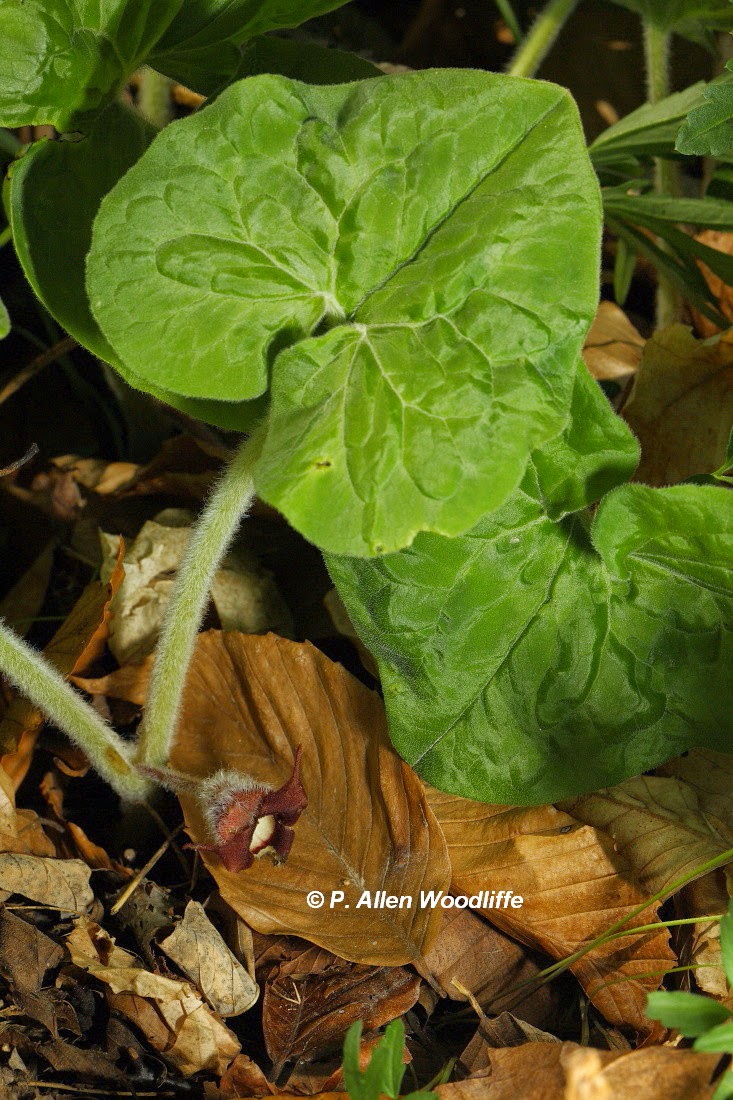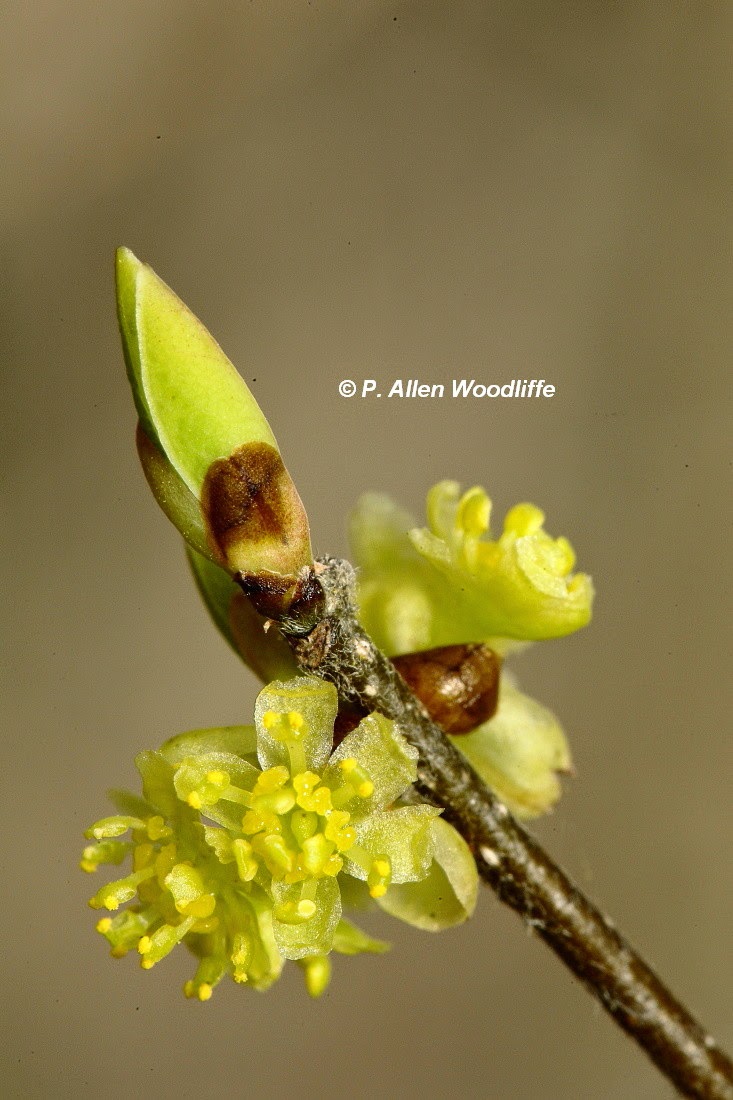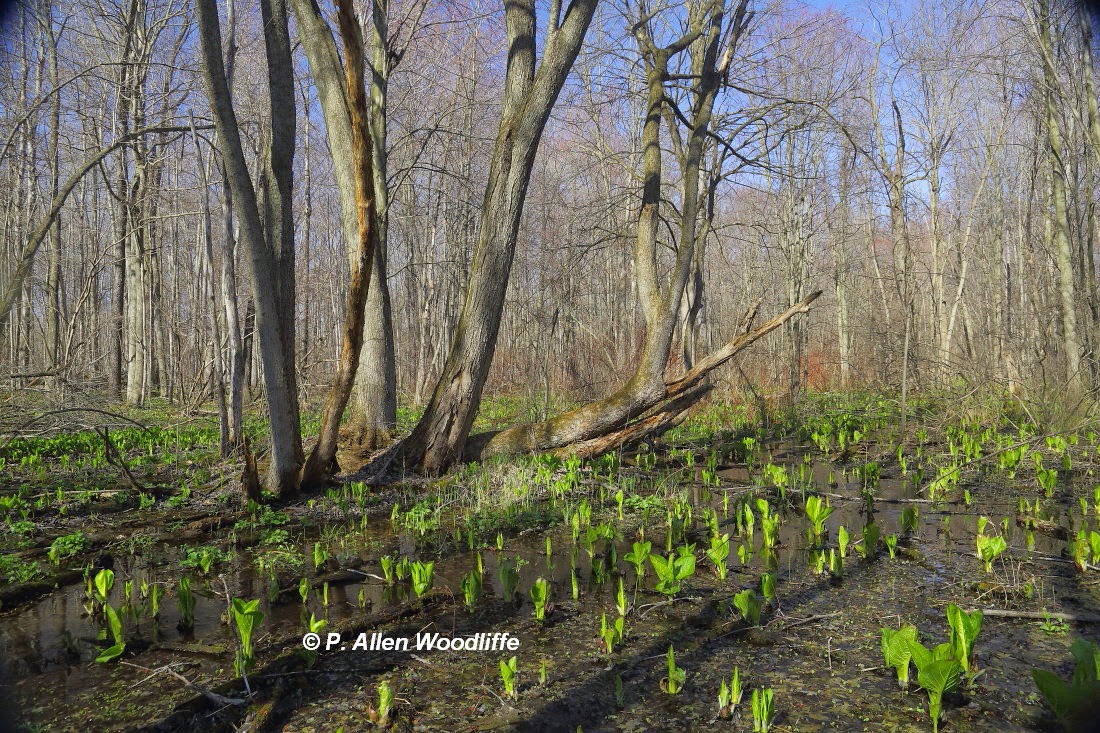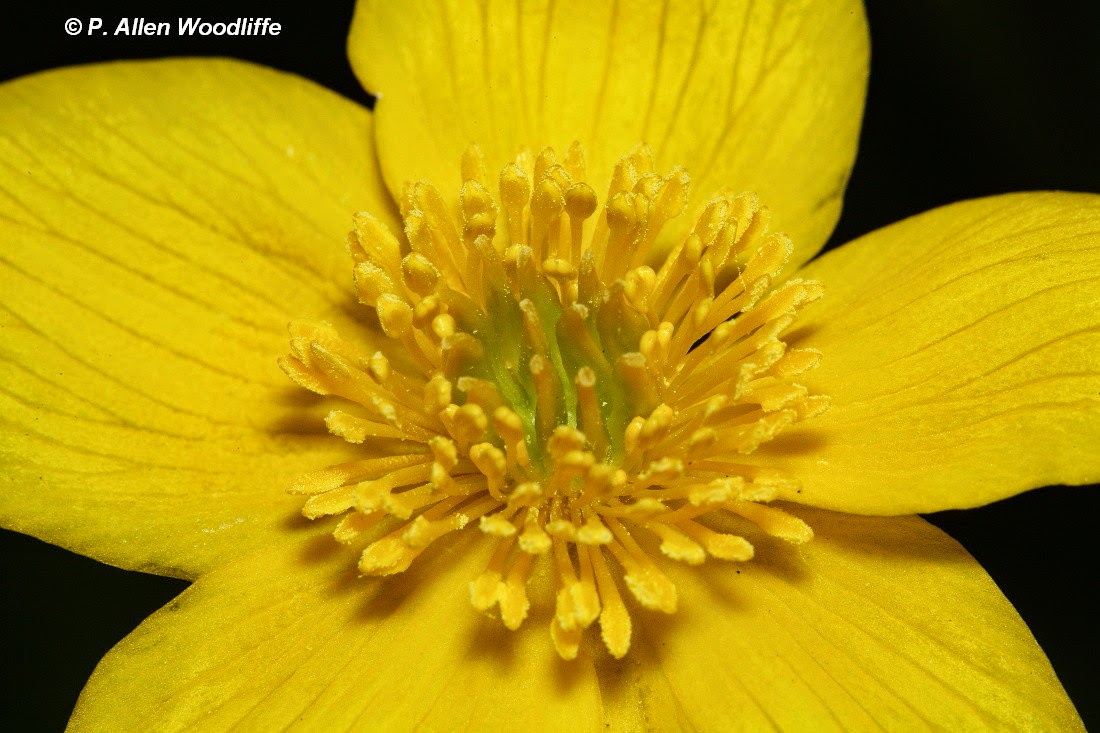If you don't like the weather, wait 5 minutes, or at the most a day......the ups and downs lately are really spring like....all over the place, although maybe more like late March than mid April.
The burst of warmth for a couple of days recently has ushered in some action, especially with respect to spring wildflowers, butterflies and frogs. Birds....well it has been a start, but not nearly as well represented with rarities than some other places east and west of Rondeau. Maybe there needs to be more people out looking???
Regardless, some of these recent days have been wonderful to be out. On some days with a bit of warmth and virtually no wind, it has been most enjoyable. Although Rondeau sticks out into the lake which makes the weather cooler if the wind is off the water, there are some more sheltered areas where things are happening. Wildflowers started really popping up. One day last week there was nothing to be seen, and two days later, I noted Bloodroot, Sharp-lobed Hepatica, Spring Beauty and Dutchman's Breeches all showing up. Colt'sfoot, a non-native species, was also in flower.
 |
| Hepatica |
 |
| Bloodroot |
 |
| Bloodroot |
A pair of Killdeer were acting suspicious near the parking lot of the churches, and I thought I picked out where a potential nest might be. After they left the immediate area, I checked and found these two eggs.
Knowing that the adults wouldn't start to incubate until at least the third of four eggs was laid, I checked a couple of days later, and sure enough there was an adult sitting on the nest. I didn't go too close and the next image shows not much more than the head of the incubating bird.
Along the Tuliptree Trail, an Eastern Phoebe was building its nest under the boardwalk. Note the bit of mud in this one's beak.
Chipping Sparrows are abundant. It is not hard to find 30-50 birds in various places over the course of a day.
Eastern Bluebirds are scattered about in small numbers or pairs. This one, or one just like it, has been in the vicinity of the east side of the campground for at least a couple of weeks.
Brown Thrashers and Eastern Towhees are widely scattered in the various open areas and forest edges. Towhees are particularly abundant.....it isn't hard to find a dozen or more at least via their song, if not actually seeing them.
 |
| Brown Thrasher |
 |
| Eastern Towhee |
White-throated Sparrows are appearing, and although there may be the occasional one that survived the winter in the vicinity of a feeder, they seem to be showing up in other places, and are likely migrants.
Turkey Vultures are abundant as well. It isn't uncommon to see a couple of dozen soaring over the park. I think in recent years they have nested somewhere in an old tree trunk. On the colder mornings, when there aren't many thermals to ride along on, they will be roosting in trees like this one.
Along the Erieau Rail Trail, someone has put up a couple of Wood Duck boxes. The Woodies haven't discovered them yet to my knowledge, but Tree Swallows have! It seems a bit odd to see a Tree Swallow investigating a Wood Duck box given the size difference, but this one was going into it on a regular basis!
Nearby this Wood Duck box, was a Painted Turtle basking in a sheltered part of the cattail vegetation.
The warmest days brought out the frogs, too. There are still decent choruses of Wood Frogs and Spring Peepers, and Leopard Frogs can be heard giving their 'snoring' call. This shallow marshy spot at the beginning of the Marsh Trail had a lot of Leopard Frog activity. There was lots of calling, some actual mating, as well as evidence of egg masses. This next image shows a Leopard Frog with its calling sacs partially inflated while nearby, the reproductive efforts of a pair of frogs is evident by the cluster of dark eggs in a jelly-like mass. If the water remains long enough, the eggs will hatch in a few days, and numerous tadpoles will begin a more active stage of life. Of course many may end up as tasty morsels for a variety of predators, including raccoons, herons, water snakes, other frogs, various species of fish, dragonfly larvae and even larger tadpoles of their own kind!

Another frog species that so far I've only seen and not heard this spring is the Green Frog. I noted several out thermoregulating (i.e. basking) along the Spicebush Trail. Interestingly when I looked at this photo on the computer, I noted that in addition to the adult, there was a tadpole from last year's age class also in the photo....it is situated just a bit above the stick towards the upper left of this photo.
Also noticeable by their increasing numbers were butterflies, especially on the warmest and sunniest days. I saw at least a couple of dozen Mourning Cloaks, and about half as many Eastern Commas. Trees with a wound in their bark, causing the sap to run down the trunk were very attractive to butterflies and other insects looking for the sweet sap for sustenance.
 |
| Mourning Cloak |
 |
| Eastern Comma |
There were at least a couple of Red Admirals flitting around, but did not stick around long enough to be photographed.
FYI, all of the above images were taken with my new Canon 100-400 mm II lens. My older, first version of the Canon 100-400 lens which served me faithfully for a few years and is in very good shape, is still available for sale.
At one of the main camera dealers in Ontario, a used one is listed on their site for ~$1300. I am willing to sell mine for $950, which also includes a Pro 1 77mm UV filter.
























































